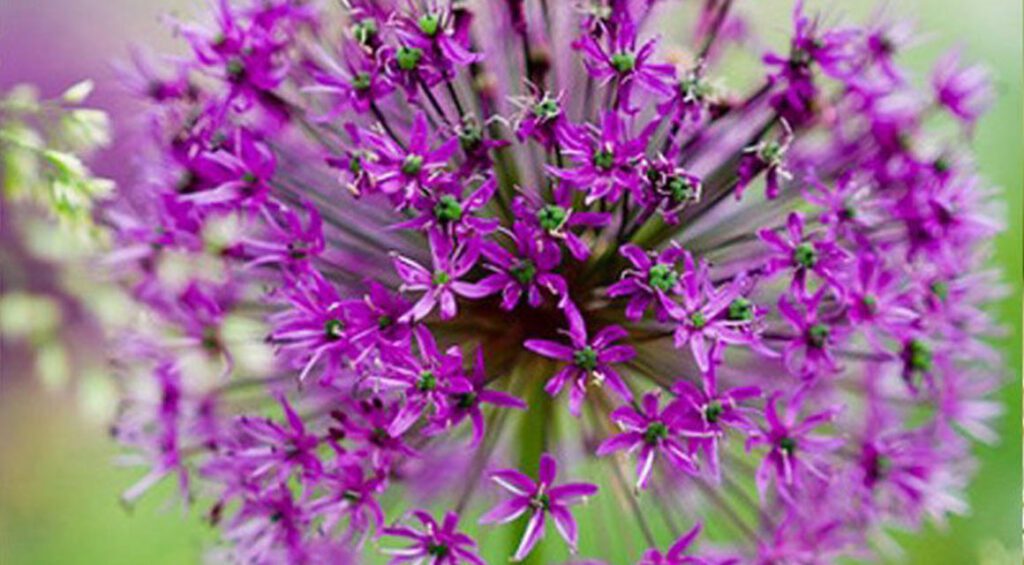Many plants prefer a soil that is relatively warm. Their roots can develop more easily in it. If your plants are outside, it may be difficult to find such conditions in winter. Certainly not all hedge plants are immediately damaged by frost, but moderately hardy hedge plants or lower than normal winter temperatures may require additional protection. We will be happy to explain how and when to protect your hedge plants from the cold.

Contents
When is necessary to protect hedge plants from the cold?
Sometimes the solution is quite simple. Perennial flowering bulbs, for example, can be removed from the ground without much trouble and stored in a warm, dry place until the soil is warm enough again. Plants in planters can also usually be moved to a warmer location without difficulty. With a hedge, this is more difficult. Not only are hedge plants often much larger and heavier, but they are often grown together and pruned in a specific shape. It is almost impossible to restore this shape if you take the plants out of the ground and replant them later.
Therefore, it may be necessary to provide cold protection in the garden itself. Not always, because there are also extremely hardy hedge plants, such as the rhododendron, holly and Thuja ‘Emerald’, which can tolerate more than thirty degrees of frost and therefore do not suffer from frost damage in a European garden. However, there are hedge plants that have more problems with frost. Most popular species, such as yews and most varieties of cherry laurel, can tolerate more than twenty degrees below zero, but the commonly planted cherry laurel ‘Rotundifolia’, for example, can only tolerate about 17 degrees of frost. Usually it is sufficiently hardy, but not always.
If it only freezes at night, it’s not such a big problem. However, if the temperature does not rise above freezing for a long time during the day? Then it is advisable to think about protection against the cold. One mistake some gardening enthusiasts make is to give their plants extra water to get more nutrients, but that water can freeze and cause even more damage. Also, don’t start cold weather protection for your plants too early: If possible, plants will survive the winter best on their own.

How do I protect my hedge plants from the cold?
Deciduous hedge plants are best protected with their own foliage. Fallen leaves may look messy, but we still recommend leaving them in the garden. They form a sort of natural protective layer for the roots of your hedge plants. The leaves insulate the roots, so the cold can’t penetrate as deeply and, in most cases, your plants will stay healthy through the winter. It’s best to leave the foliage around your hedge on the ground until the last night frost passes in early spring, around March. A big advantage of this protective layer is that it costs nothing extra.
Do you have evergreen hedge plants in your yard and thus no protection from falling leaves? Then you might consider a fleece. You place this over the vulnerable parts of the plants to prevent the cold from penetrating and thus reaching the roots. The insulating properties of the fleece will protect the plants, but the use of other insulating materials is not recommended. And certainly not if they do not breathe. This can cause parts of the plant to suffocate and die completely.
If you do not have fleece available, you can use straw. Straw has about the same insulating properties as the leaves of deciduous hedge plants. And like foliage, straw is completely natural. So you don’t have to worry about plastic waste. Regardless of what protective layer you use for your hedge plants, we strongly recommend that you remove it as soon as the frost stops, so that the plants learn to cope with the climate themselves.

Protect hedge plants preventively
There are also steps you can take in advance to protect your hedge plants from the cold. Perhaps the easiest is to choose the right location. Moderately hardy hedge plants, for example, are best planted in a sheltered spot. In winter, it will be much colder in the wind than in a place where the plants have some protection. For a semi-deciduous plant such as copper beech, copper beech or privet, such a location will also ensure that the leaves are better preserved during the winter months. After all, the leaves are not easily blown away.
Mulching is also an excellent preventative measure against frost damage. Mulching means covering the soil around the location of your hedge plants with organic material. This includes leaves, cut grass, straw, wood chips, cocoa shells or pieces of tree bark. In the winter, a layer of mulch will protect plants from the cold, but it will also benefit plants during the rest of the year. The soil-improving properties of a mulch layer allow the soil to better absorb nutrients, moisture and air. In addition, such a layer is almost as effective against weeds as most ground covers.

